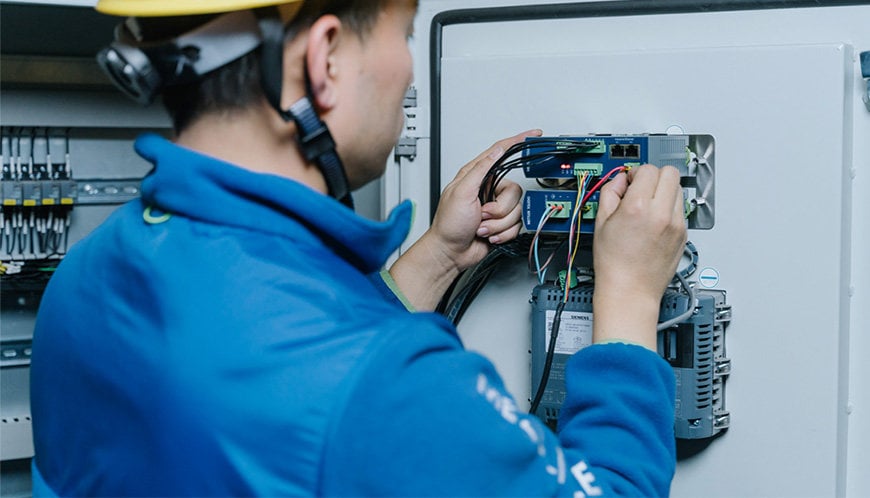www.industryemea.com
03
'23
Written on Modified on
How Distributed Control Can Enhance Manufacturing Agility
Many industrialized countries are facing a critical shortage of high-tech engineers. To combat these labor challenges, many companies are increasingly choosing new technologies that expand productivity, decrease labor and engineering costs, increase uptime, and slash error rates.

One way to achieve this is through a distributed control architecture, comprised of a network of interconnected controllers, computers, and other automation devices used to monitor and precisely control production processes.
What Does Distributed Control Mean?
Distributed control architecture is a modular and self-contained approach to controlling process elements and machines across the plant or control area. In a distributed architecture, each process element, machine, or group of machines is controlled by a dedicated controller.
This approach minimizes downtime and the negative impact of equipment failures, as only the affected area needs to be shut down instead of the entire system. Additionally, it allows for easy integration of new technology and provides improved decision-making capabilities.
Distributed Control Benefits for Weighing
The distributed approach offers a key advantage by allowing the control loop involving sensors and actuators to be handled by the weight indicator. In an example of filling packages or containers, this approach results in faster reaction times for cutoff, improving filling accuracy, and reducing the need for slow-feed mode, in addition to the following benefits:
• Enhanced productivity: Efficient communication between the various components of the system, which results in faster and more accurate decision-making. This, in turn, improves the overall productivity of the system.
• Lower costs: Reduced need for hardware and engineering, leading to lower capital and operational costs.
• Increased uptime: The distributed nature of the system ensures that if one component fails, the others can continue to operate. This reduces the risk of system downtime and increases uptime.
• Scalability: Highly scalable, allowing for easy expansion of the system as the need arises.
• Improved reliability: There is no single point of failure, making it more reliable and robust.
• Reduced errors: Improves the accuracy of the system and reduces the chances of human error, leading to fewer mistakes and improved quality.
Download the eBook to learn more about how a distributed control architecture can help you stay competitive in an increasingly challenging market.

